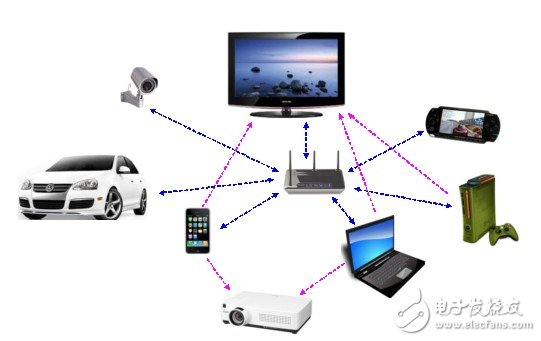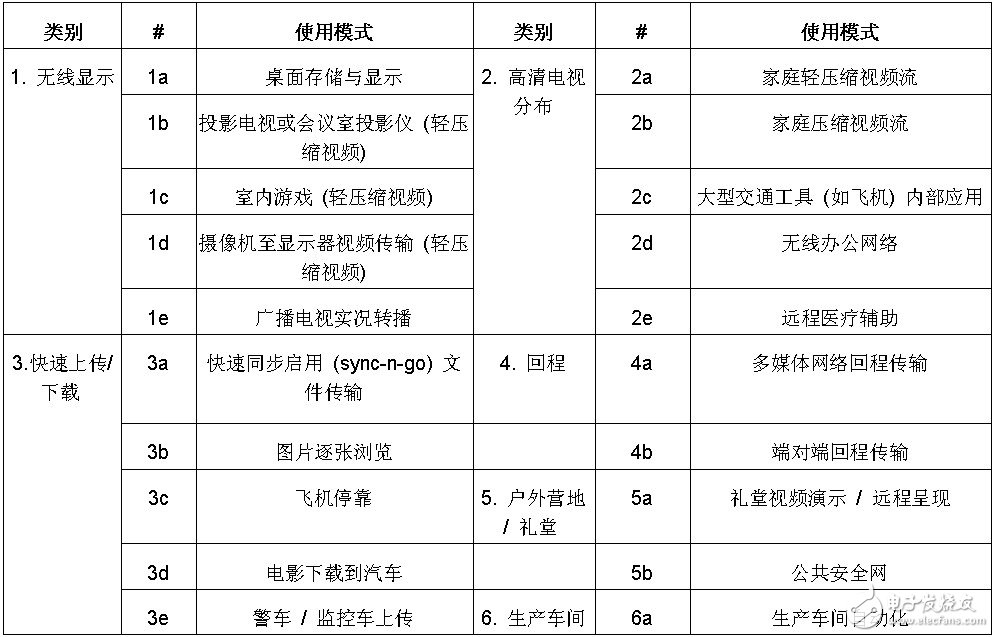Author: Aeroflex company Introduction 802.11 is a series of wireless local area network (WLAN) standards developed by the Institute of Electrical and Electronics Engineers (IEEE) for use in local wireless communications in the 2.4 and 5 GHz license-free bands. The 802.11 family of standards is widely recognized internationally and is increasingly popular with the support of the WiFi Alliance, an industry organization that promotes WLAN technology and 802.11 standard product certification. The 802.11 standard includes the physical layer and media access control (MAC) protocols. Since the initial release, the physical layer has made a number of important additions and revisions, and most of the basic MAC functions remain the same. The 802.11 standard has evolved over the years to meet a variety of WLAN requirements. WLAN devices often describe their functionality based on the physical layer version they are using. Common versions include 802.11b, 802.11a, 802.11g, and recently released 802.11n. The latest version of 802.11 is IEEE 802.11-2009, which includes 802.11n. IEEE has released two new solutions (802.11ac and 802.11ad) to increase the maximum data rate due to increased transmission speeds for backhaul (eg xDSL, fiber) and high data rate applications such as high definition (HD) content streaming and instant file transfer. , significantly higher than 802.11n. Table 1 summarizes the 802.11 physical layer standards. This case focuses on 802.11ac. Table 1: Comparison of IEEE 802.11 physical layer standards 802.11ac, also known as Very High Throughput (VHT), is the successor to 802.11n, which is called High Throughput (HT). As with the evolution of WLAN, 802.11ac is backward compatible with previous standards. The 802.11ac task group TGac was established in 2008 to begin development of 802.11ac and revision of IEEE 802.11-2009. This standard is expected to be completed by the end of 2012, and the 2013 802.11 Working Group will end its approval for 2013. This article describes the latest 802.11ac, analyzing the production test requirements for such devices. The content is divided into the following sections: 802.11ac usage patterns, performance goals, physical layer profiles, and test challenges in production environments. 802.11ac usage mode As shown in Table 2, the IEEE identified a number of applications that required Gigabit throughput and defined six usage patterns. This is the basis for 802.11ac. The usage model focuses on the digital home. In fact, because 802.11ac supports high data rates, multiple high-bandwidth applications such as high-definition video streaming, instant file transfer, and zero-latency Internet browsing can be run in parallel in a home environment, as shown in Figure 1. Figure 1: 802.11ac application in a digital home environment 802.11ac also has significant energy efficiency benefits as it allows for faster data transfer. The 802.11ac chip is more energy efficient than chips based on previous generation standards. This is an important requirement for battery-powered devices such as smartphones, where users can greatly reduce WLAN power consumption to support new application functions and usage environments, such as cellular IP data offload. Table 2: 802.11ac usage patterns Led Neon Flex ,Neon Flex Adalah,Flexible Led Neon Strip Lights,Led Neon Tube Lights NINGBO SENTU ART AND CRAFT CO.,LTD. , https://www.lightworld-sentu.com

